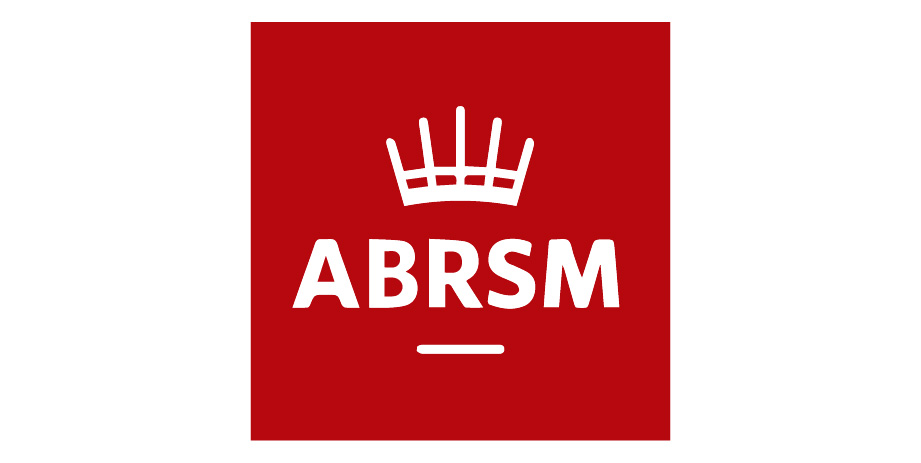I have in the past inherited students who have been given no previous guidance or instruction on fundamental postures, such as where to sit on the piano stool or where to position the legs. As a result, many of them had developed habits that crippled their piano playing to an extent that the faults have either taken years to rectify or caused the student to give up the piano. I myself have extensively studied the Alexander Technique to combat my own postural difficulties.
“It is of paramount importance that the posture of young students is constantly monitored and adjusted accordingly as they grow.”
I believe that every student should at the very least have a basic awareness of what a pianist with good posture should look and play like. Movements at the piano should be minimal and efficient, while the overall posture should be one of relaxation.
Hands, arms & shoulders
2. The wrist should sit below the level of the knuckles.
3. The hand as a whole should resemble a rounded cage-like structure, as if it were to hold a mouse. If the wrist is too high the mouse can escape; too low and the mouse will be squashed.
4. The hand should be completely mobile from the wrist so that lateral and vertical movements are possible.
5. A straight line should be traceable from the tip of the thumb to the elbow.
6. The shoulder girdle should "float" on top of the ribcage. The arms should hang loosely without the assistance of the shoulder girdle.
If you lay your hand on a surface with its palm facing upwards then you might notice that when relaxed the fingers are not straight but bent. Straightening the fingers requires effort, therefore we want to avoid this as much as possible when playing the piano. Turning the relaxed hand so that the palm faces downwards will create the ideal piano-playing posture.
When laid down and relaxed the fingers of the hand will be curved. Turned upside down the hand will assume the ideal posture for piano playing.
As for the rest of the body, the arms should hang loosely from the shoulders without the involvement of the shoulder girdle. From a straight position, the arm can be raised to a horizontal plane while the elbow remains loose. The elbows are often raised like a chicken when playing at the top or bottom register of the piano; this is not necessary as these areas can be reached with the lateral movement of the wrist. Freedom in the arms is essential for the pronation and supination of the wrist.
Legs & Feet
2. The "sitting bones" should provide support to the torso from the piano stool.
3. The feet should offer some support as well as the sitting bones. Weight distribution on to the heel is essential for using the foot pedals.
4. The feet should be placed firmly on the ground and not tucked around the legs of piano stool.
5. For younger students whose feet do not reach the ground a footstool or pedal extender should be used for support.
The piano stool should not take the entirety of the student's weight. The feet should offer support as well as the stool, which will allow students to use the pedal efficiently. For this reason, students will need to sit towards the front of the stool for the weight to be distributed effectively between the "sitting bones" and the feet.
A pedal extender allows young pianists to use the pedals from a high sitting position, while avoiding the habit of curling the legs around the piano stool.
The pedal does not need to be "pumped" by lifting the foot off the ground, rather it should be depressed with the ball of the foot while the heel remains grounded. This allows for more control and requires some weight through the heel.
Common habits with the legs/feet to avoid are tucking the feet under the stool, wrapping the feet around the legs of the piano stool and sitting with the feet positioned far apart. All of these habits prevent correct weight distribution. For young children, I highly recommend the use of a footstool or a pedal extender to support the feet whilst the piano stool is high enough for them to reach the keys.
The Spine
The back should not be straight. Just like our fingers, backs are not naturally straight; to straighten our back requires the use of muscles which have no business being involved in holding the body up. Using these muscles to straighten the back will create an unbalanced posture which is dependant on muscular effort to be maintained. This is a frequent cause of aches and pains which are seemingly unseen.
“Just like our fingers, backs are not naturally straight.”
Observe the natural curvature of the spine that is allowed by the good posture. The straight spine on the right creates a rigid, military posture unsuitable for both piano playing and day-to-day life.
This is not to say that students should slouch either. Comfortable though it may seem, slouching actually involves pulling down with the stomach muscles and can cause as much discomfort as sitting with a straight back. It may seem impossible to find a comfortable posture in between the two, however, children will assume this position naturally as long as bad habits are not allowed to form.
A final word on developing posture
It is inevitable that some habits will take root, however by demonstrating the comfort of natural postures these habits will have less of a foothold. It is of paramount importance that the posture of young students is constantly monitored and adjusted accordingly as they grow.
Movements at the piano should always be minimal and efficient; the demands made by some of the repertoire do not allow for wasted energy. This has as much to do with fingering and technique, however, the principals of efficiency and comfort can be applied to both of these as well as posture.











